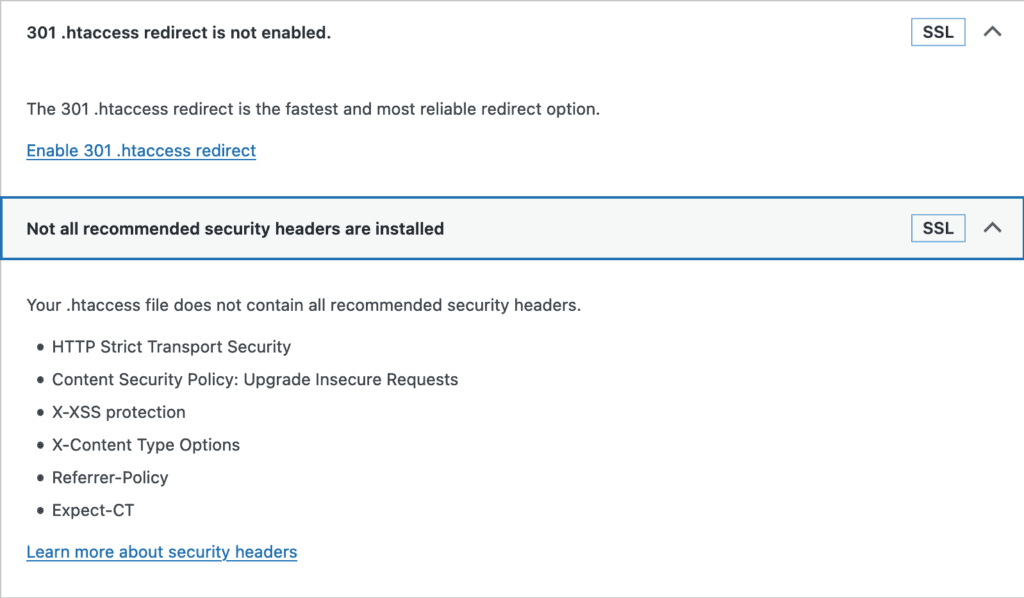Getting Started
We’ve put together this troubleshooting guide to help if you run into issues connecting Zapier to your Gravity Forms with the Zapier Add-On.
Assumptions
If you’ve run into an issue communicating with Zapier, it will more than likely happen when first authenticating the REST API connection at Zapier. To help rule out the most common problems, we do make the following assumptions regarding your Website and WordPress installation:
- WordPress, Gravity Forms and the Zapier Add-On are all upgraded to the most currently released versions
- SSL Certificate Installed and Configured on your WordPress website and operating properly
- Website accessible to the internet
The authentication from Zapier to Gravity Forms uses REST API with Basic Authentication so your website must be accessible for that connection to occur. If you are running your WordPress website in any of the following configurations:
- Behind a Firewall or regionally blocked access
- CloudFlare or Caching or another methodology that involves some form of redirection or off-loading of content
- Security Login plugins or redirected login to a Single Sign-On authority
- WordFence or other restriction of access plugins that directly block REST API
- .htpasswd or other password protection plugins that restrict access to your site
You will need to either Whitelist the REST API endpoints for Gravity Forms and/or possibly add additional rules to those plugins or applications to allow Zapier to connect to your website in an unrestricted way.
Enabling Logging
You can determine what is happening with REST API by Enabling Logging for Gravity Forms API and checking the log files while you’re attempting to connect at Zapier. You can get good details on interpreting the log in our Troubleshooting REST API article.
The log will contain entries for every time that Zapier reaches out to your website attempting to authenticate, when creating or editing a zap, and when enabling and disabling a Zap within your Zapier Account dashboard.
If you reach out to Gravity Forms Support for help, we will require logging to be enabled for both Gravity Forms API and the Zapier Add-On.
Tools > Site Health Tests
With the most recent versions of WordPress, you can determine if your website has issues right in your WordPress Admin dashboard. This is the first place you should look if you’re having issues connecting from Zapier.
Go to Tools > Site Health in your WordPress Dashboard. A series of tests will be run against your installation to determine if your website is operating properly.
The tests we focus on are for the
Authorization header:
REST API:
and SSL (HTTPS):
If any of the above tests are failing or have errors, you will need to reach out to your Server Host for assistance in correcting the issues.
The following resources may be helpful to provide to your Server Host for troubleshooting:
- WordPress .htaccess rewrite rules (will usually help with Authorization issues)
- WordPress REST API Connection FAQ
Authorization header is missing
If you’re receiving an error like the following in your Tools > Site Health under Security:
This will mean that Basic Authentication will not work properly. If Basic Authentication is failing, you will need to reach out to your Server Host to resolve.
SSL Errors
If you’re seeing errors in the SSL sections like the following:
This will indicate that either your SSL isn’t properly configured, or is missing some necessary configuration steps. You will need to reach out to your Server Host to correct as SSL is required for Zapier to make a connection to your site. WordPress Site Health will attempt to provide a recommended solution for you, but there are some good resources below:
Zapier Settings aren’t available in Gravity Forms
If you have a membership or roles & capabilities plugin like Members installed, you will need to provide access to the Zapier capabilities in order to see the Settings under Forms > Settings > Zapier. Check our Roles & Capabilities documentation as that will show you which capabilities must be active to see those settings.
Unable to view Forms at Zapier or unable to create Zaps or Feeds
This usually indicates that you’re using an account that doesn’t have the correct access to the Gravity Forms settings. Verify the following:
- Using an account in the REST API settings that doesn’t have the gravityforms_edit_forms capability.
- Only using ‘READ’ access in your Forms > Settings > REST API account
Both of these are common issues and easy to correct. Switch your accounts to Admin Accounts in the Forms > Settings > REST API keys and make sure you’re using ‘read/write’ access as defined in our REST API documentation.
Other Issues that can impact Zapier Communication
- Attempting the connection on a website that isn’t running SSL or isn’t public to the internet. This can include websites hidden behind .htpasswd or other login methods.
- Having Authentication, REST API or SSL errors in your Tools > Site Health report (see above).
- Incorrect settings in your .htaccess files that are causing bad redirections or adding trailing backslashes to your REST API requests.
- Having some service in-between your website and REST API on your WordPress installation that is changing the content of the REST API requests. Some examples of these are CloudFlare, WordFence and any service that filters API requests. These issues usually will let Zapier see your site and seem to be working but Feeds won’t be created or you won’t be able to create Zaps. Zapier has an excellent article on whitelisting their service.
We can help you troubleshoot to determine if any of the above issues are the problem you’re experiencing. Open a support ticket and we’ll help you troubleshoot the issue.




